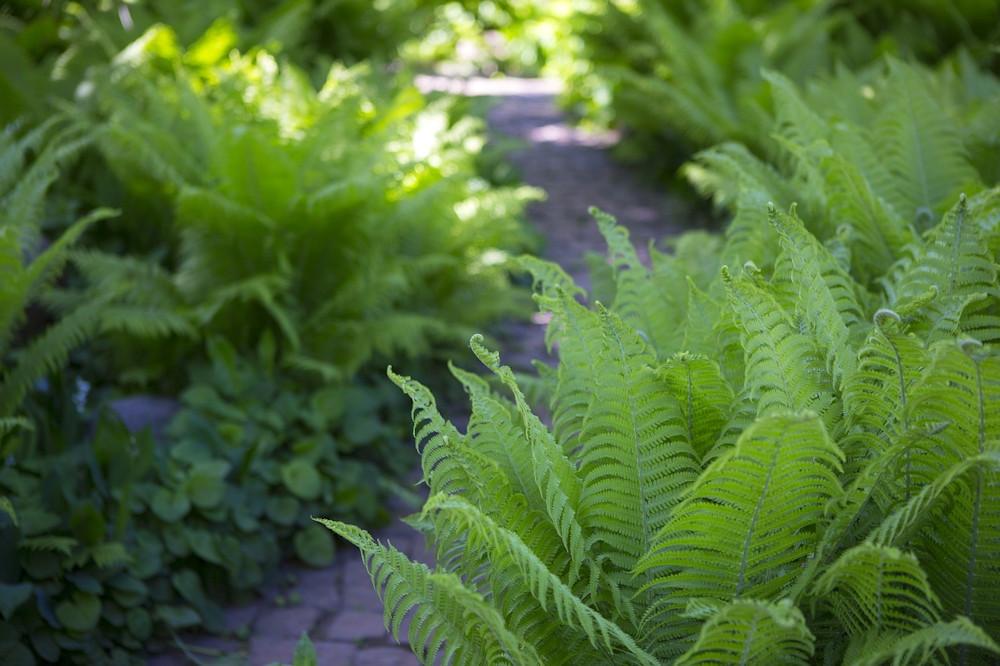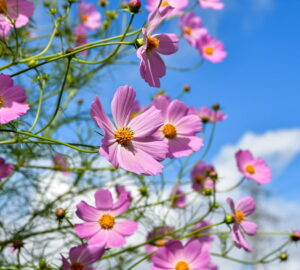In the realm of garden ornamentals, ferns often stand out for their timeless elegance and remarkable versatility. These lush green beauties have been gracing landscapes for centuries, bringing a touch of natural charm to gardens around the world. If you’re considering adding ferns to your garden, here’s why they’re an excellent choice, along with tips on how to care for them and some fascinating facts to inspire your green thumb.

Why Choose Ferns for Your Garden?
Low Maintenance
Ferns are generally low-maintenance plants, making them perfect for busy gardeners or those new to gardening. Once established, they require minimal attention to thrive.

Shade Tolerance
Many fern species are well-adapted to shade, making them ideal for planting in areas of the garden that receive limited sunlight. This makes them valuable additions to woodland gardens or shady corners.
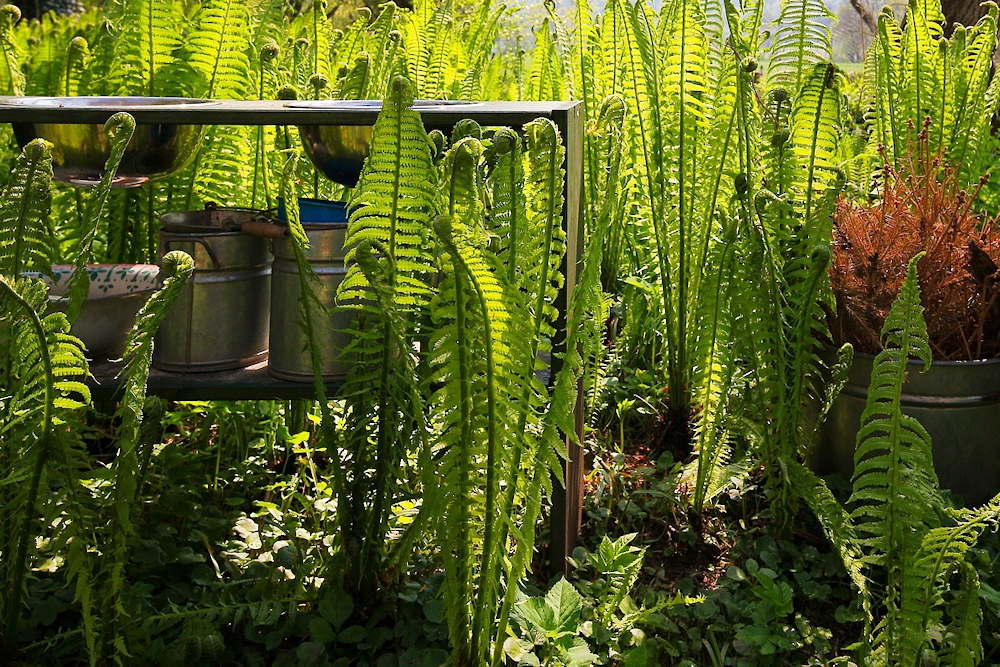
Textural Contrast
The delicate fronds of ferns provide a beautiful contrast to other plants in the garden, adding texture and visual interest. Whether used as a focal point or as part of a lush green backdrop, ferns can enhance the overall aesthetic of your garden.
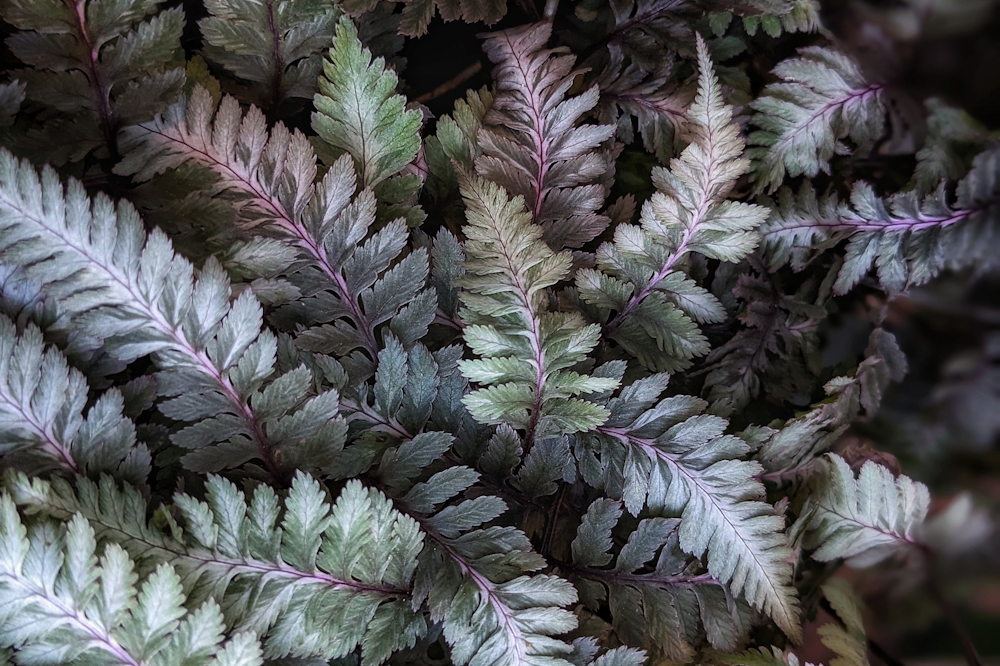
Natural Air Purifiers
Like other plants, ferns play a role in improving air quality by absorbing pollutants and releasing oxygen. Incorporating ferns into your garden can contribute to creating a healthier outdoor environment.
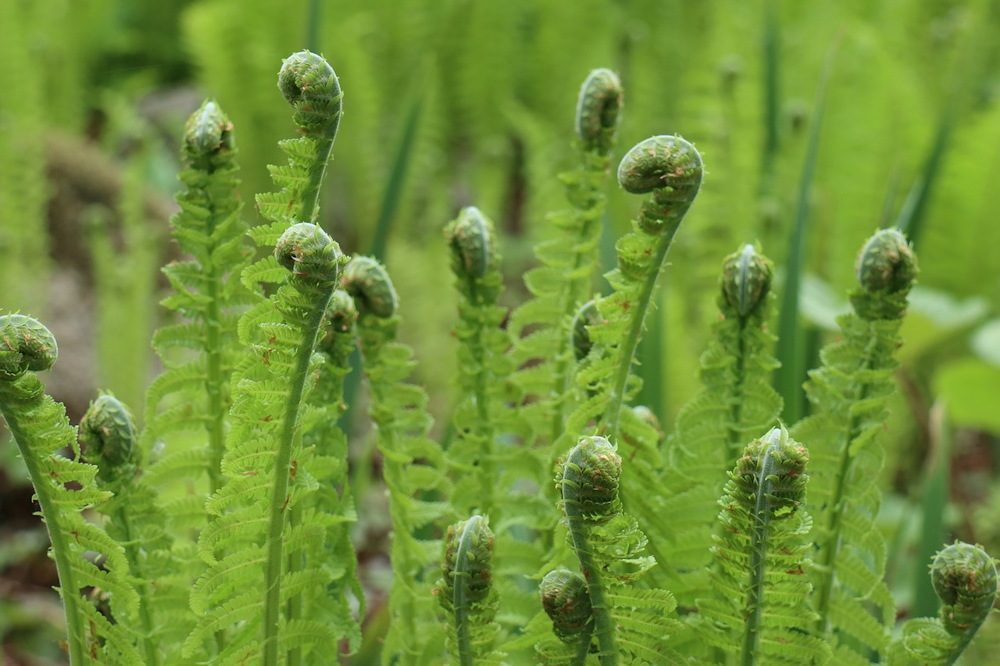
Where and When to Plant Ferns
Ferns thrive in moist, well-draining soil with ample organic matter. When selecting a location for planting, consider areas with partial to full shade, as many fern species prefer these conditions. Spring and early fall are the best times to plant ferns, as they can establish themselves before the onset of extreme temperatures.
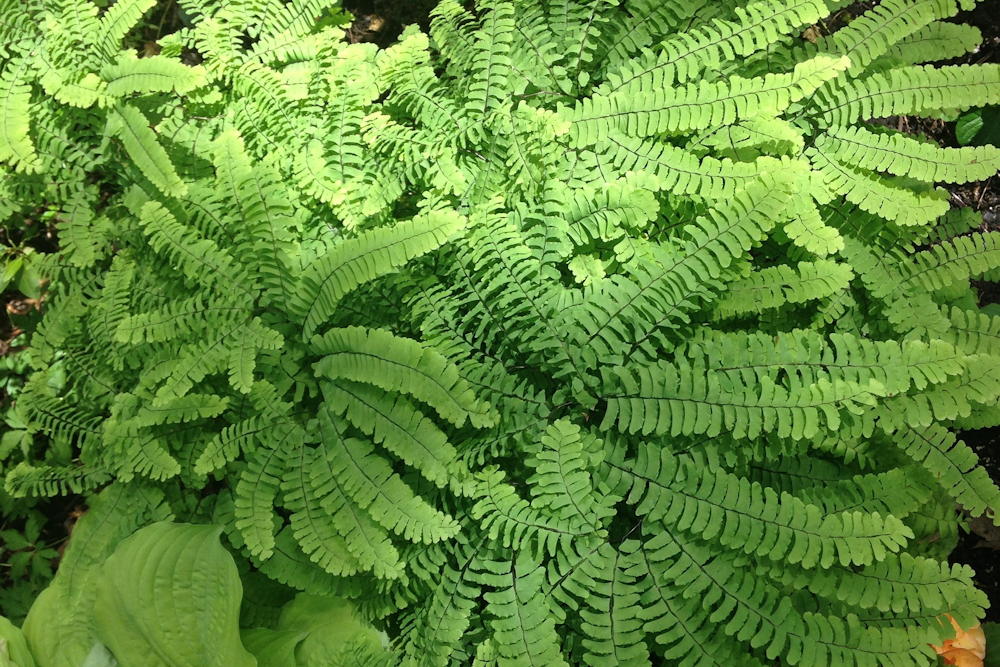
Caring for Your Garden Ferns
Watering
Keep the soil consistently moist but not waterlogged, especially during dry spells. Water ferns at the base to avoid wetting the foliage, which can lead to fungal diseases.
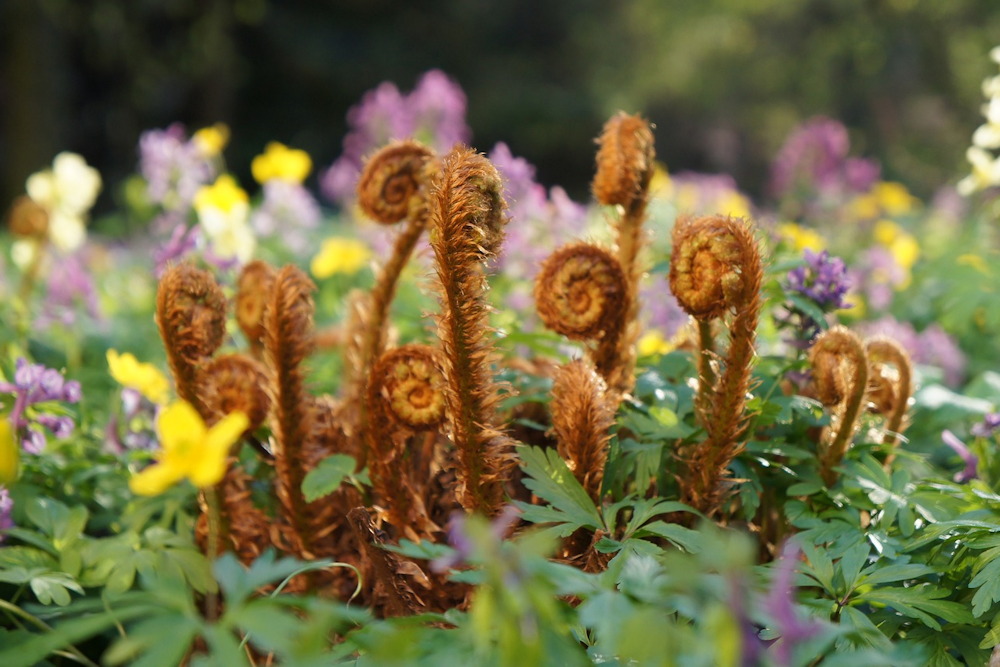
Mulching
Apply a layer of organic mulch, such as leaf litter or compost, around the base of ferns to help retain moisture and suppress weeds.
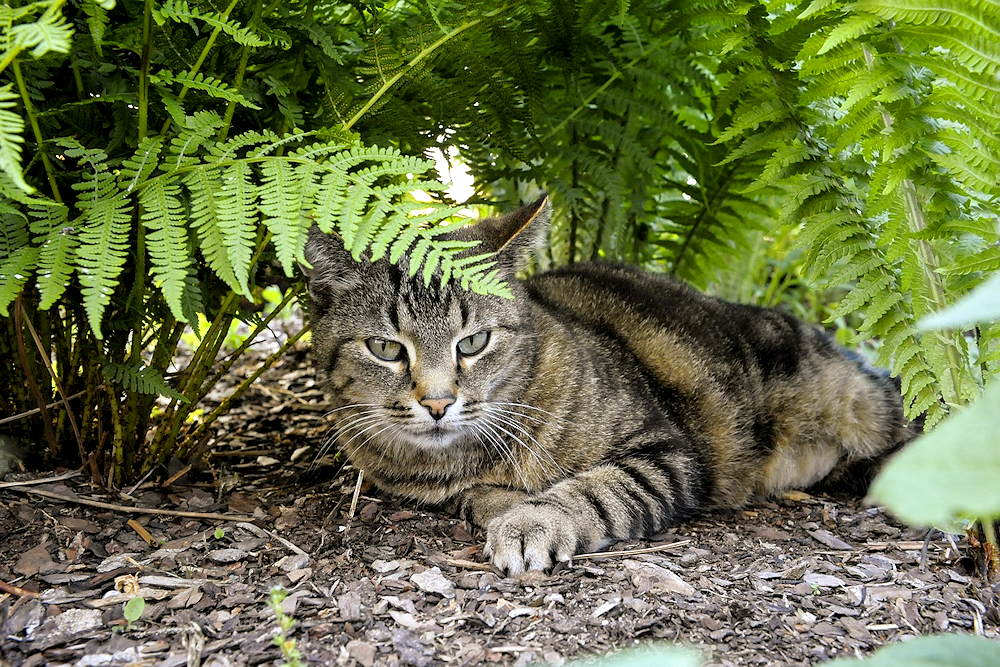
Fertilizing
Ferns generally don’t require heavy fertilization. A light application of balanced fertilizer in spring can promote healthy growth, but avoid overfeeding, as this can lead to lush foliage with reduced resilience to environmental stress.
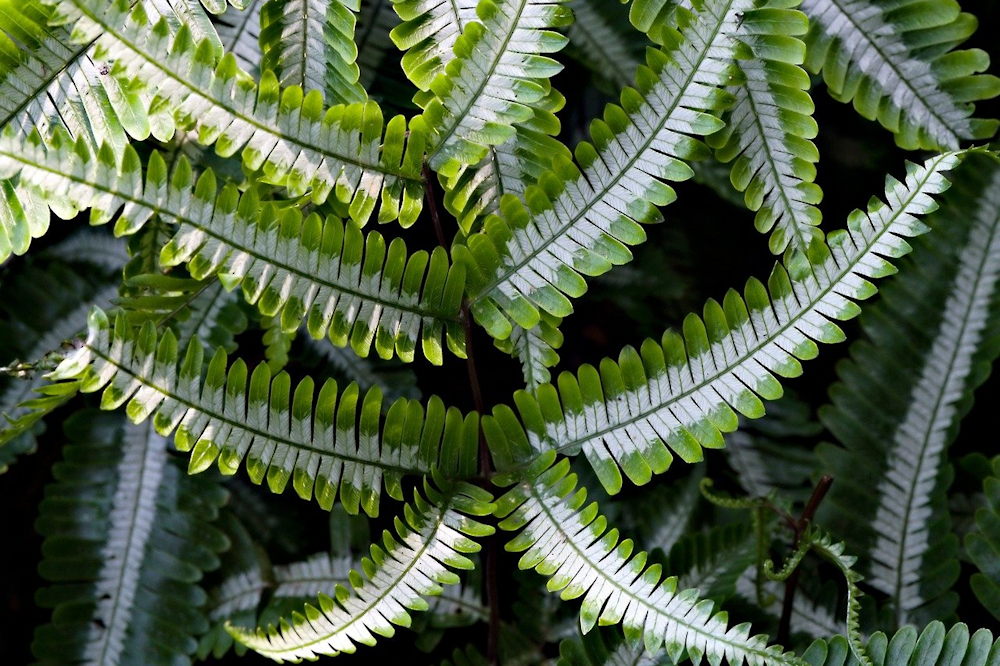
Pruning
Remove dead or yellowing fronds as needed to maintain the plant’s appearance and encourage new growth. Trim back any invasive rhizomes to prevent ferns from spreading where they’re not wanted.
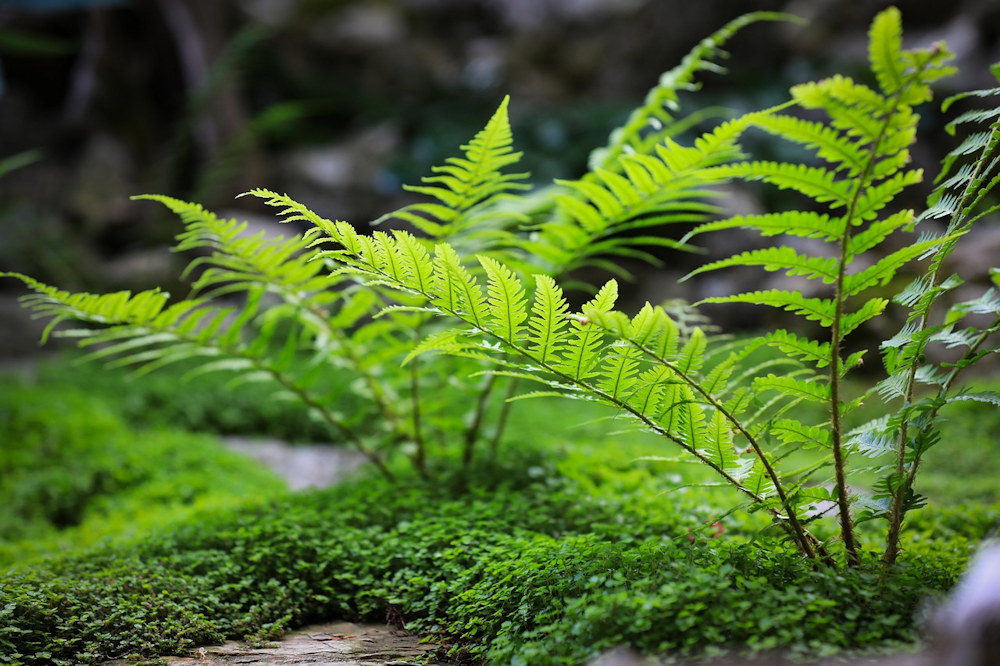
Common Garden Fern Species
- Lady Fern (Athyrium filix-femina): Known for its graceful arching fronds and tolerance of a wide range of growing conditions, the lady fern is a popular choice for gardens.
- Japanese Painted Fern (Athyrium niponicum): This striking fern features metallic silver-gray fronds with delicate purple accents, adding a touch of sophistication to shaded areas.
- Ostrich Fern (Matteuccia struthiopteris): With its large, feathery fronds resembling ostrich plumes, this native fern is a standout in moist, woodland settings.
- Maidenhair Fern (Adiantum spp.): Recognizable by its delicate, fan-shaped fronds and distinctive black stems, maidenhair ferns lend an air of elegance to any garden.
- Christmas Fern (Polystichum acrostichoides): Named for its evergreen foliage that persists throughout the winter, this hardy fern is valued for its reliability and resilience.
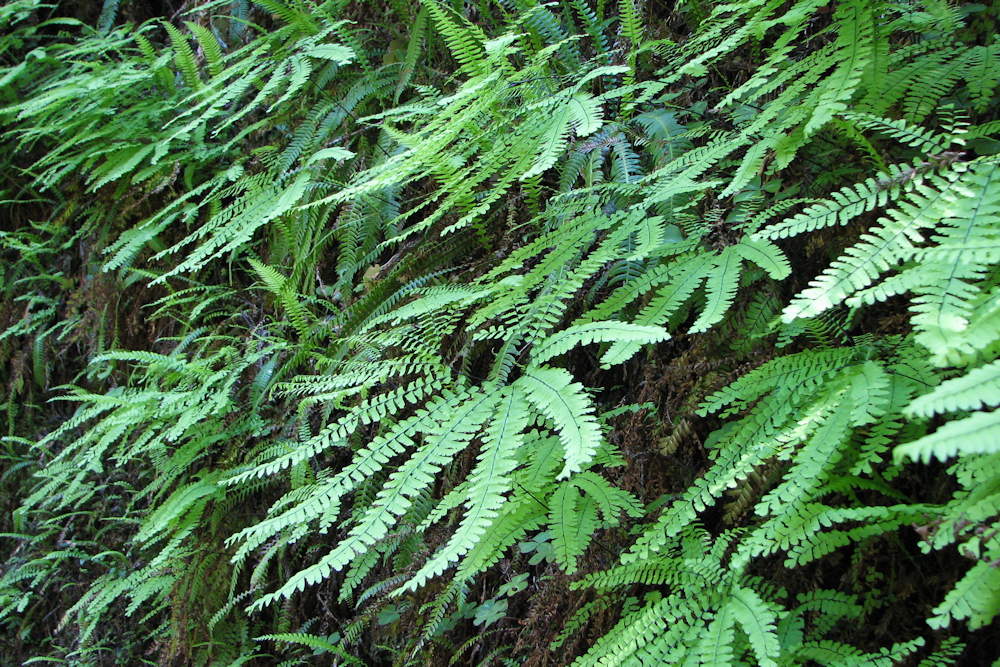
Fascinating Facts About Ferns
- Ancient Origins: Ferns are among the oldest plants on Earth, with fossil records dating back over 360 million years, long before the dinosaurs roamed the planet.
- Reproductive Strategy: Unlike flowering plants, ferns reproduce via spores, which are typically found on the undersides of their fronds. These spores are released into the air and can germinate under favorable conditions to form new ferns.
- Medicinal Uses: Throughout history, various fern species have been used for medicinal purposes in traditional folk medicine. Some ferns contain compounds with potential medicinal properties, although caution should be exercised due to potential toxicity.
- Symbolism: In Victorian times, ferns were highly regarded as symbols of sincerity, fascination and magic. The “fern craze” of the 19th century led to a surge in fern cultivation and collecting.
- Epiphytic Adaptations: Some fern species, known as epiphytes, grow on the surface of other plants, such as trees or rocks, without relying on soil for nutrients. These ferns have evolved specialized adaptations to extract moisture and nutrients from their surroundings.
- Environmental Indicators: Ferns are sensitive to changes in their environment, making them valuable indicators of ecosystem health. Monitoring fern populations can provide insights into the impacts of climate change and habitat disturbance.
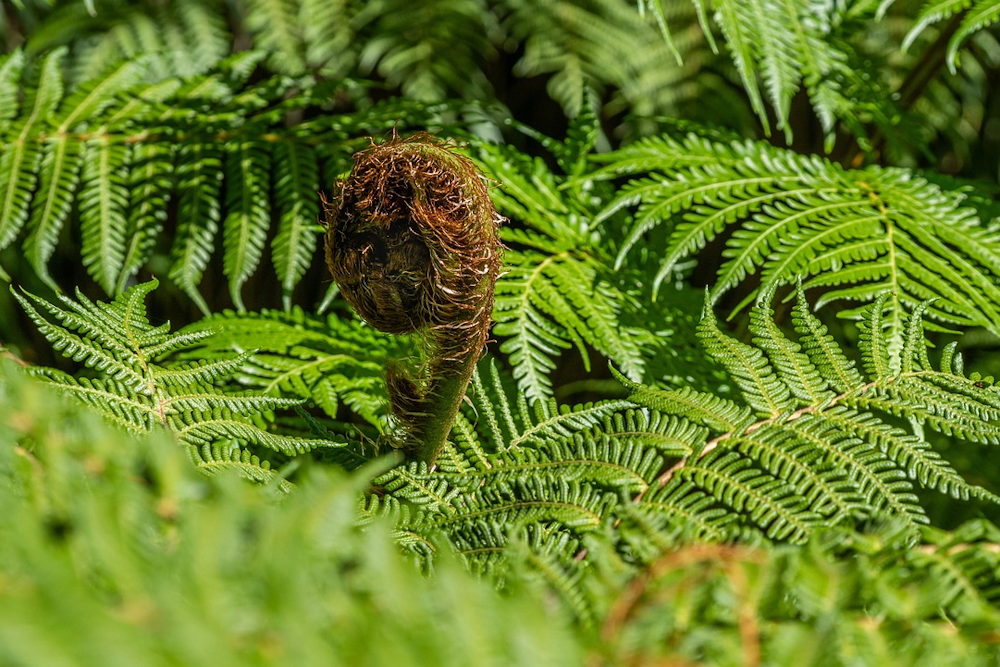
In conclusion, ferns offer an array of benefits as garden ornamentals, from their graceful beauty to their ease of care and adaptability to various growing conditions. By incorporating ferns into your garden, you can create a verdant sanctuary that delights the senses and fosters a deeper connection with the natural world. So, why not introduce these timeless treasures to your outdoor space and watch them flourish in all their green glory?
